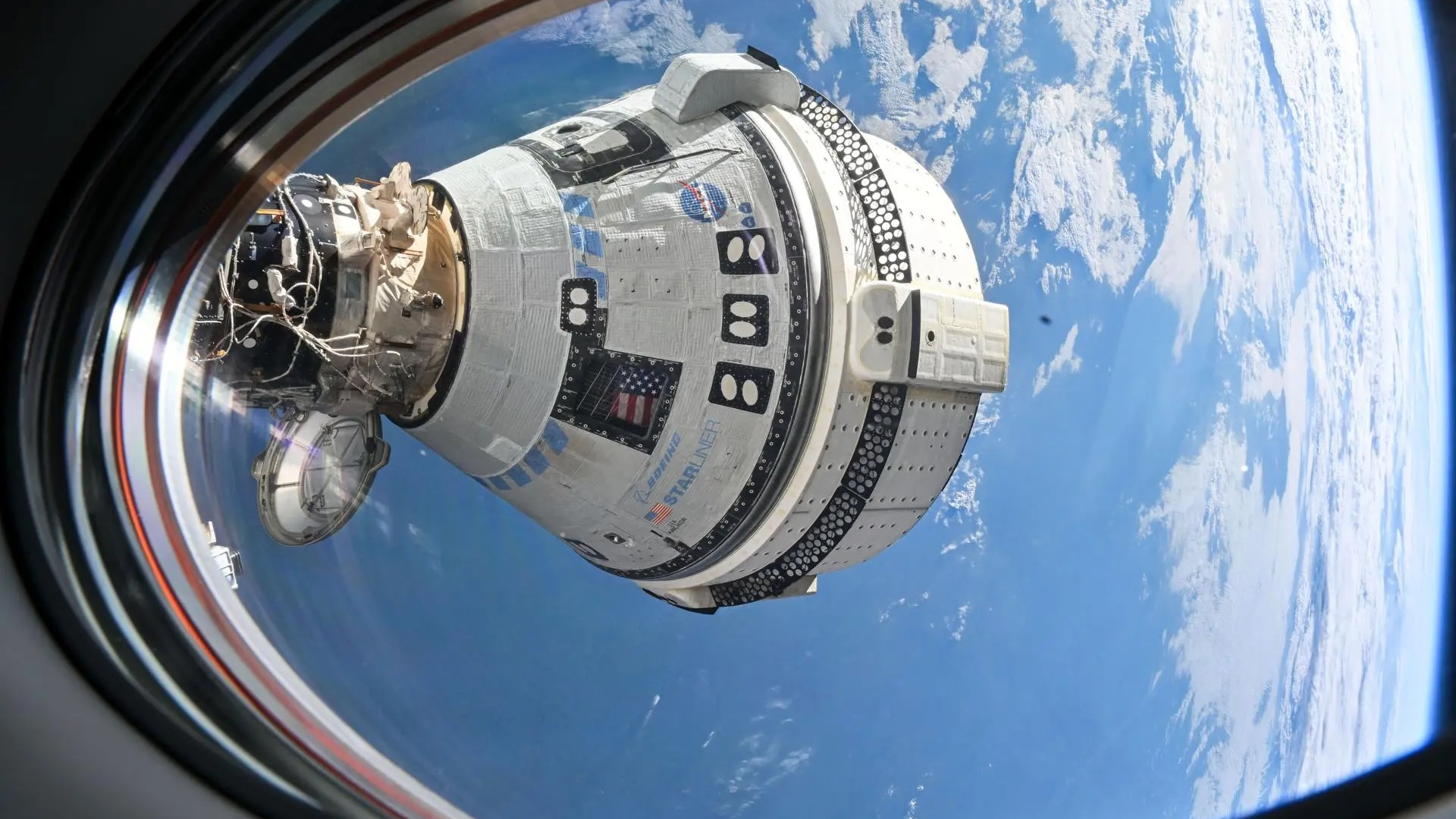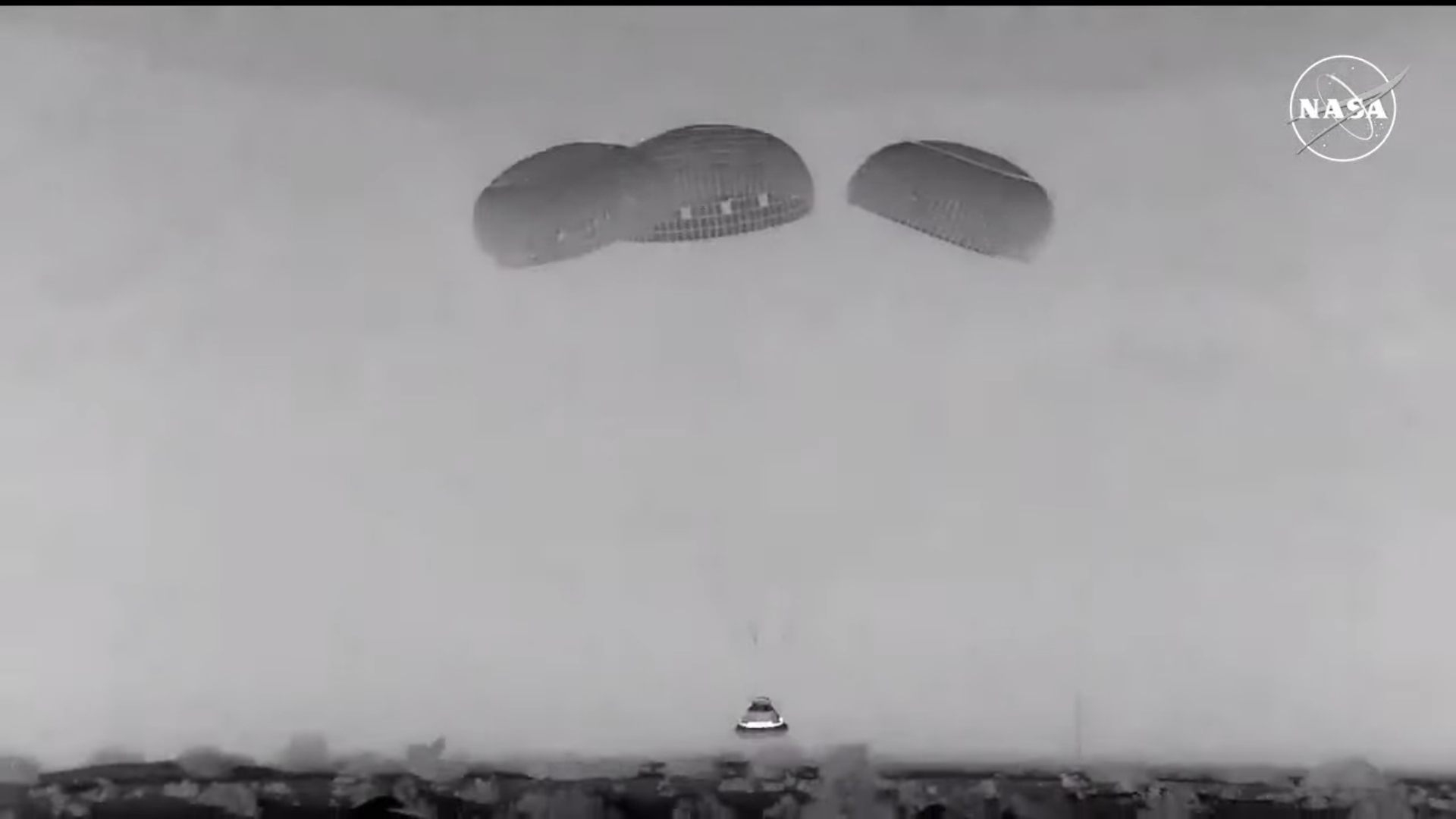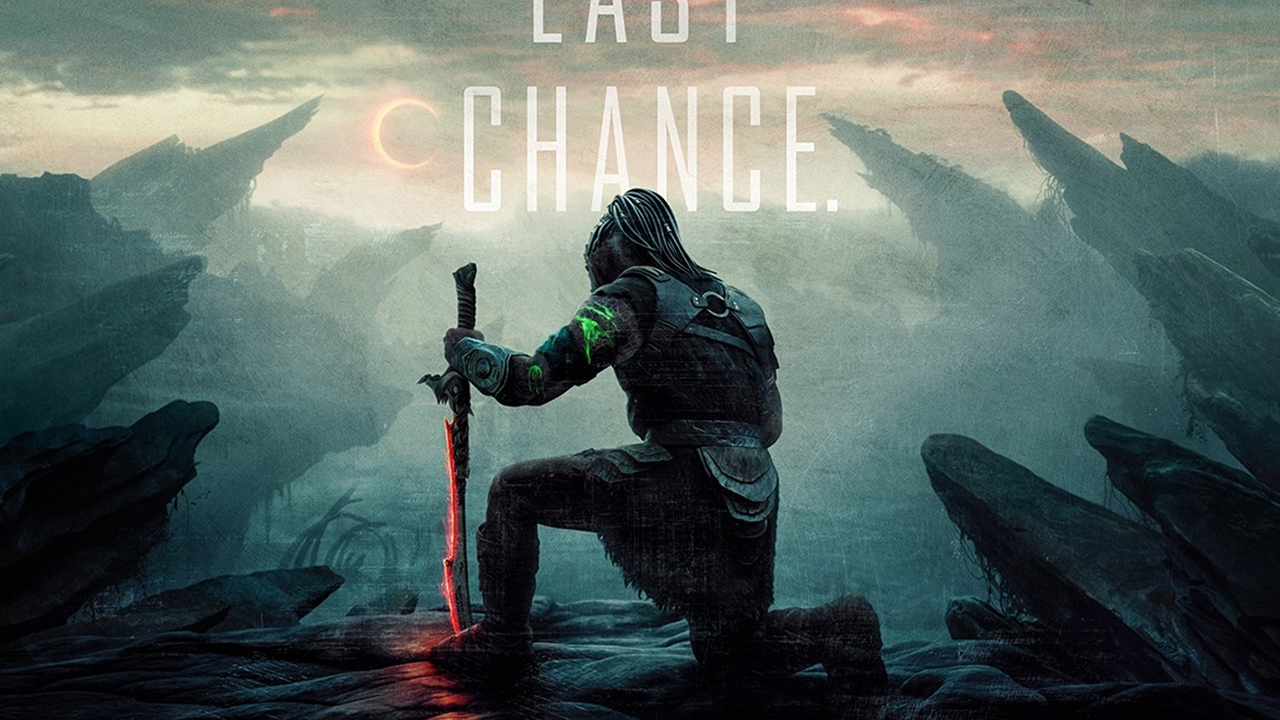When will Boeing’s Starliner fly astronauts again? NASA still doesn’t know
Starliner's next crewed mission to the ISS will happen no sooner than 2025.

NASA is still unsure when it will next put astronauts on Boeing's Starliner spacecraft, which experienced issues during its first crewed test flight this summer.
Starliner's next "potential" crewed mission to the International Space Station (ISS) in 2025 "will be determined once a better understanding of Boeing’s path to system certification is established," NASA officials wrote in a statement on Tuesday (Oct. 15).
NASA and Boeing are still reviewing the requirements for Starliner's certification, after propulsion problems arose on the first test flight with astronauts, which launched on June 5, agency officials added. "NASA will provide more information when available," the agency added.
The launch of Starliner's first astronaut mission, called Crew Flight Test (CFT), went to plan, but docking with the ISS on June 6 was troublesome. Five out of 28 thrusters in the capsule's reaction control system had issues in the leadup, causing a delay. CFT astronauts Butch Wilmore and Suni Williams of NASA ended up arriving safely at the orbiting lab, but their planned 10-day mission was extended repeatedly as engineers troubleshot the issues.
Related: Astronauts would have been fine on Boeing's Starliner during landing, NASA says
Extensive ground and space testing did not sufficiently allay NASA's concerns, so Starliner departed without astronauts and landed autonomously on Sept. 6. Wilmore and Williams remain onboard the ISS and have been reassigned to come home on a SpaceX Crew Dragon capsule in February 2025. That Crew Dragon launched on SpaceX's Crew-9 mission last month, carrying two astronauts instead of the usual four to make room for the Starliner duo.
Propulsion issues with Starliner also arose on its two uncrewed test flights in 2019 and 2022, which NASA and Boeing both thought were resolved prior to flying Williams and Wilmore.
Get the Space.com Newsletter
Breaking space news, the latest updates on rocket launches, skywatching events and more!

Before the CFT propulsion issues arose, the first operational mission of the Boeing spacecraft — known as Starliner-1 — was expected to fly in 2025. Assigned so far to the Starliner-1 mission are NASA astronauts Scott Tingle and Mike Fincke, and Canadian Space Agency astronaut Joshua Kutryk.
NASA's update did not provide information on the crew's status should Starliner require a second test flight with astronauts, or if the program otherwise significantly changes.
In past discussions with reporters, NASA officials have said they are trying to determine if Starliner performed well enough on CFT to meet the certification requirements to fly operational ISS missions like Starliner-1.
NASA released the update on Starliner operations amid a longer discussion about ISS crewed flights in 2025. As the agency stated before, SpaceX's Crew-10 mission — the 10th operational astronaut flight by the company — will fly in February 2025. On board will be NASA astronauts Anne McClain (commander) and Nichole Ayers (pilot), along with mission specialists Takuya Onishi from JAXA (the Japan Aerospace Exploration Agency) and Kirill Peskov, from the Russian space agency Roscosmos.
Crew-11 will then perform the next space station rotation no earlier than July, NASA added in the update. The four-astronaut crew for that mission has not yet been announced.
Crew-9 is expected to return home in February 2025, with Williams, Wilmore and astronauts Nick Hague (NASA) and Aleksandr Gorbunov (Roscosmos). Former Crew-9 astronauts Nicole Stott and Stephanie Wilson are eligible for future ISS missions following their last-minute removal from the mission in September.
Join our Space Forums to keep talking space on the latest missions, night sky and more! And if you have a news tip, correction or comment, let us know at: community@space.com.

Elizabeth Howell (she/her), Ph.D., was a staff writer in the spaceflight channel between 2022 and 2024 specializing in Canadian space news. She was contributing writer for Space.com for 10 years from 2012 to 2024. Elizabeth's reporting includes multiple exclusives with the White House, leading world coverage about a lost-and-found space tomato on the International Space Station, witnessing five human spaceflight launches on two continents, flying parabolic, working inside a spacesuit, and participating in a simulated Mars mission. Her latest book, "Why Am I Taller?" (ECW Press, 2022) is co-written with astronaut Dave Williams.
-
ultimatewizz Reply
Like that idea, probably means the flight would never happen. My big question is are they going to change their system to match SpaceX on suits and hookup so they could help one another in the future if there is a problem. SpaceX has had a working system for 4 years and did it 2 billion dollars cheaper so I think Boeing needs to make the change.Viking said:Let the CEO and Chief Designer make the next flight. -
Mars Tafts Were there any issues with the uncrewed return flight? If they can't figure out a ground test that NASA will accept then there is going to have to be another uncrewed test flight but who will pay for it? The biggest problem that I see is that NASA is going to have to grow a pair before non-Spacex flights resume.Reply -
Unclear Engineer Boeing has apparently had some sort of capsule (+ service module) thruster problems on all of its StarLiner flights, so far. That does not bode well for NASA acceptance, even if there was no problem with this last return flight. Boeing needs to show that they have solved the problem, rather than NASA deciding to accept the risk that the consequences of the unsolved problem will be a major disaster at some point in a future mission.Reply
Boeing is in big trouble on many fronts, even including a labor strike that forced the company to stop producing its most profitable product, which was already restricted in its production rate by the Federal Government to provide for Federal inspection oversight due to Boeings past failures to resolve its quality control issues.
The new Boeing CEO will have to decide whether it is worth the cost to fix the StarLiner to NASA's standards of reliability, or save the money but take the hit to their reputation, which needs some positives, not more negatives, at the moment.
And NASA may need to decide whether Boeing is "too big to let fail" so that it needs dollars of support even if the prospect of getting a useable product is unlikely. Congress may play a bigger role in that decision than NASA executives.
